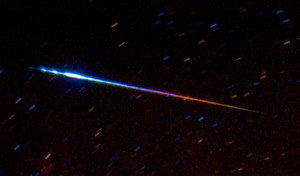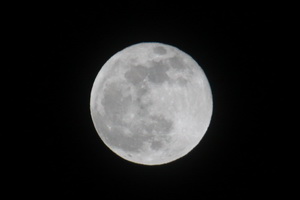When the Space Shuttle Atlantis came to a slow stop on the runway at Kennedy Space Center on July 21, it was the end of an era of spaceflight. Astronauts aboard the International Space Station captured amazing imagery of Atlantis’ last descent through the atmosphere.
It was a sad day for many Americans when the space shuttle era came to a close with the last shuttle mission. Shifting priorities, lack of direction and leadership and politics have all wreaked havoc with the United States’ space program.
As Atlantis is prepared for retirement as a museum piece along with her sister ships, NASA is left without a way of its own to put a human in space. Meanwhile, cash-strapped Russia manages to forge ahead with its Soyuz program and an emerging space power in China threatens our nation’s leadership in space.

From NASA:
Like a comet streaking across the atmosphere, the Space Shuttle Atlantis left space for the final time on July 21, 2011, descending to a smooth landing at NASA’s Kennedy Space Center in Florida. This astronaut photograph, taken from the vantage of the International Space Station (ISS), shows the streak of an ionized plasma plume created by the shuttle’s descent through the atmosphere.
At the time of the image, the ISS was positioned northwest of the Galapagos Islands, while Atlantis was roughly 2,200 kilometers (1,367 miles) to the northeast, off the east coast of the Yucatan Peninsula. The maximum angle of the shuttle’s descent was roughly 20 degrees, though it appears much steeper in the photo because of the oblique viewing angle from ISS. Parts of the space station are visible in the upper right corner of the image.
In the background of the image, airglow hovers over the limb of the Earth. Airglow occurs as atoms and molecules high in the atmosphere (above 80 kilometers, or 50 miles altitude) release energy at night after being excited by sunlight (particularly ultraviolet) during the day. Much of the green glow can be attributed to oxygen molecules.









